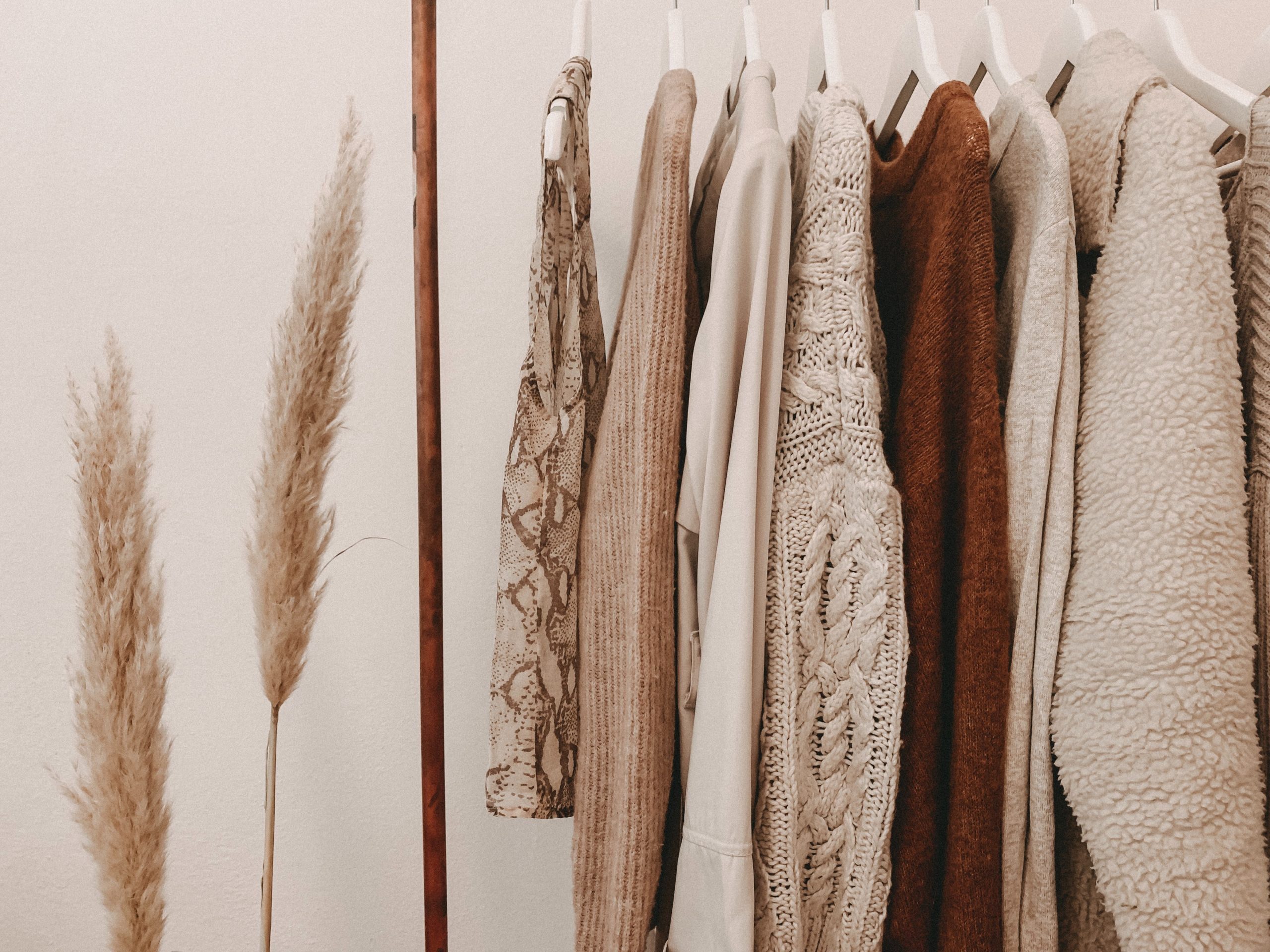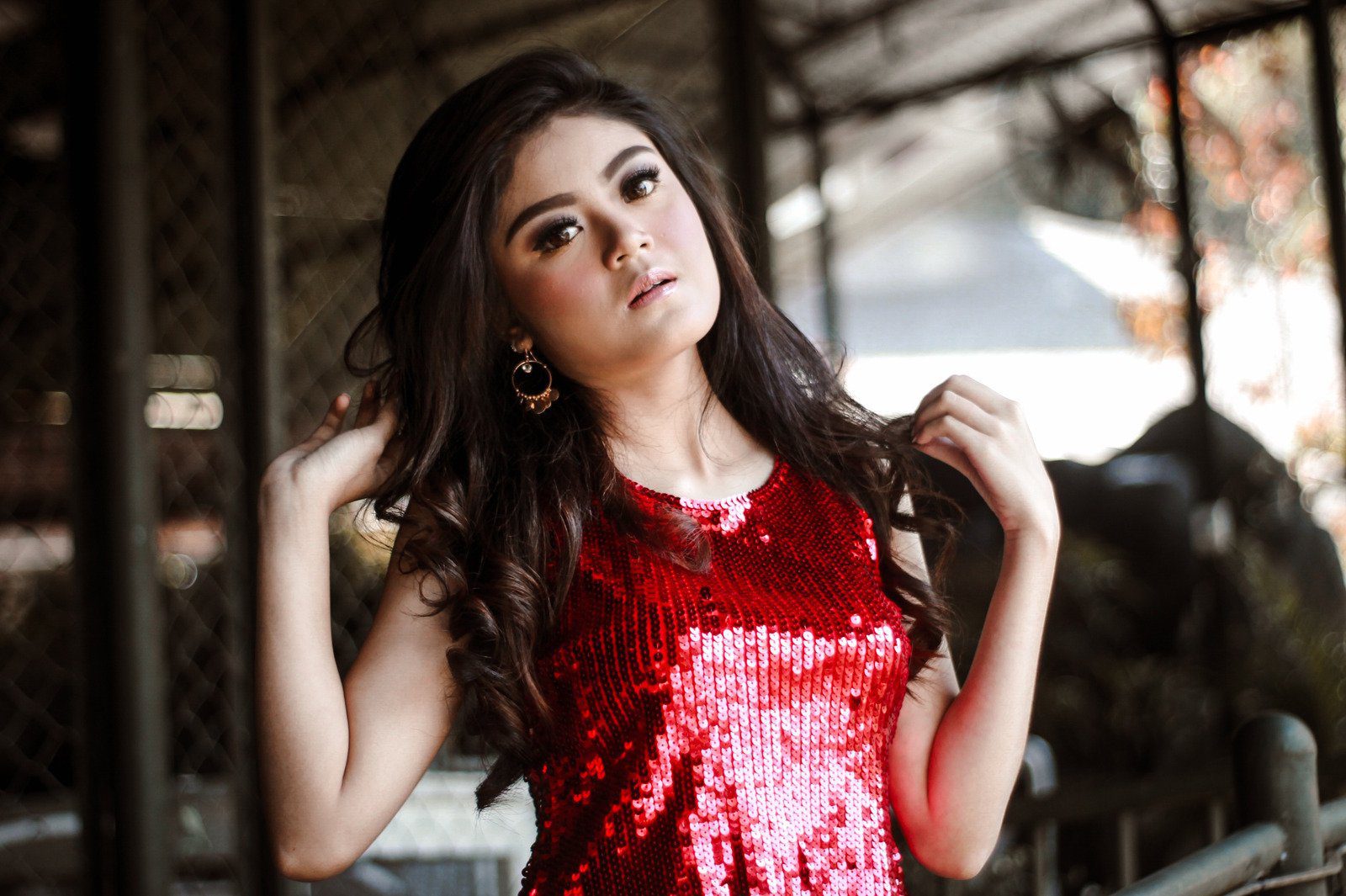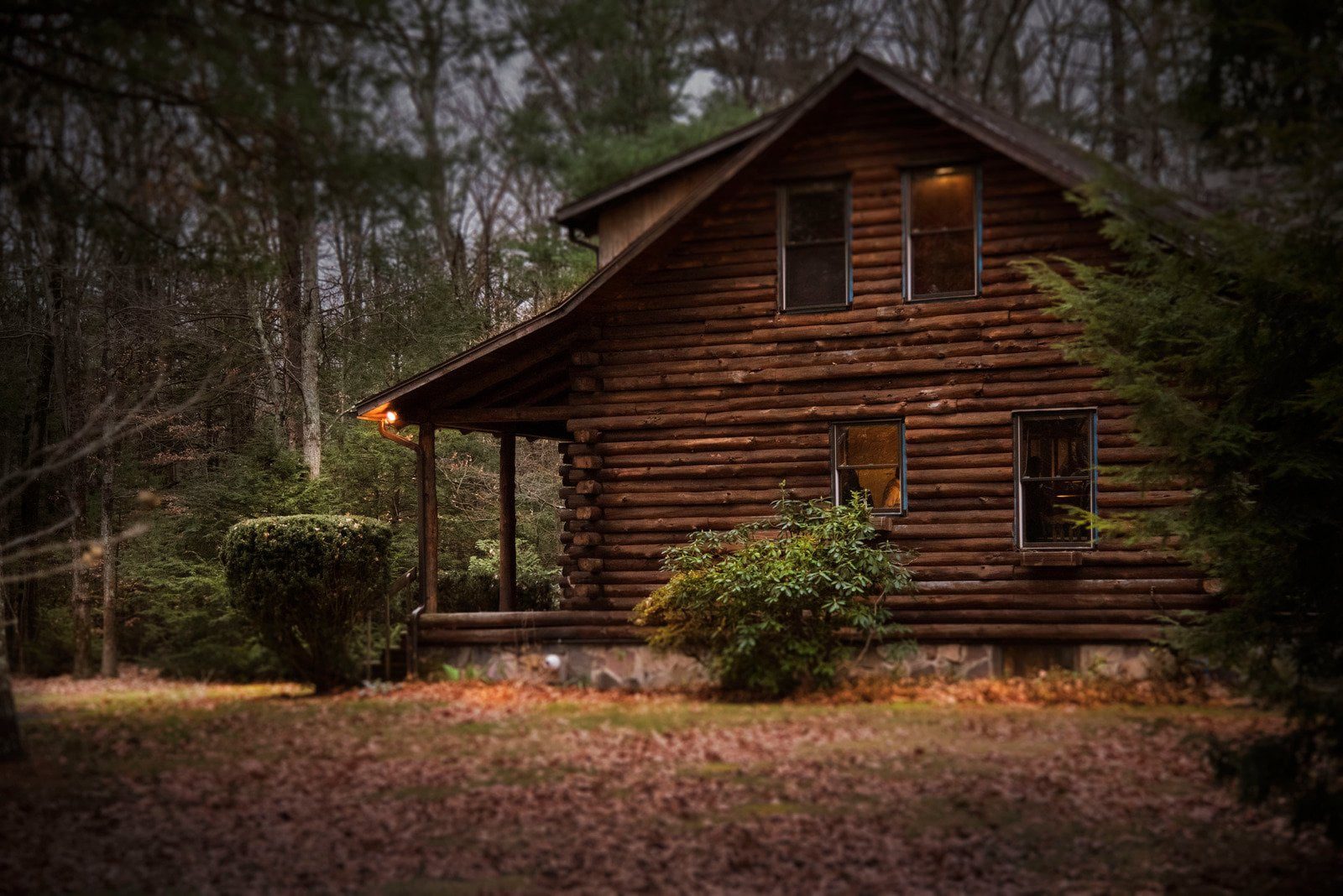Step into the world of women’s fashion and embark on a journey through time. From ancient civilizations to modern-day trends, we will unveil the captivating evolution of women’s clothing. With each era comes new styles, societal shifts, and self-expression that has shaped the way women dress today. So fasten your seatbelts as we dive into this captivating exploration of fashion history! Let’s discover how classic styles have transformed into contemporary masterpieces that empower women around the globe. Get ready to be inspired by centuries of innovation, rebellion, and artistic expression in the realm of women’s fashion!
The Evolution of Women’s Clothing: From Ancient Times to the Industrial Revolution
In ancient times, women’s fashion was a reflection of their cultural traditions and societal roles. From the flowing garments of Ancient Egypt to the elaborate drapes of Ancient Greece, clothing served as more than just a way to cover up – it was an expression of status and identity.
As civilizations progressed, so did women’s clothing. The Middle Ages brought about the rise of corsets and gowns that accentuated feminine curves. These restrictive garments symbolized modesty and femininity, but they also limited mobility for women.
The Renaissance period saw a shift towards more luxurious fabrics such as silk and velvet. Fashion became a statement of wealth and social standing, with voluminous skirts known as farthingales creating exaggerated hourglass figures.
Enter the Industrial Revolution – a time when fashion underwent significant transformation. With advancements in technology and mass production, ready-to-wear clothing became accessible to all social classes. Women began embracing simpler silhouettes that allowed for greater movement and functionality.
From humble beginnings sprang forth iconic styles like the little black dress introduced by Coco Chanel in the 1920s or Christian Dior’s New Look in the post-war era – these revolutionary designs challenged traditional norms while empowering women to embrace their individuality.
The evolution of women’s clothing is not merely about aesthetics; it reflects shifts in society, culture, and even political movements throughout history. It represents progress towards equality, self-expression, comfortability without sacrificing style – concepts that continue to shape contemporary fashion trends today.
The Rise of Feminine Silhouettes in the Victorian Era
The Victorian era marked a significant shift in women’s fashion, as feminine silhouettes began to take center stage. Gone were the restrictive corsets and voluminous skirts of previous eras; instead, a more refined and graceful aesthetic emerged.
One of the key features of Victorian fashion was the emphasis on the hourglass figure. Women sought to achieve an ideal silhouette with a tiny waist and ample curves. To achieve this, corsets were still worn but were now constructed with more flexibility and comfort in mind.
Skirts became narrower at the waist and flared out towards the hem, creating a bell-shaped silhouette that accentuated the hips. Layers of petticoats added volume while maintaining modesty.
Sleeves also played a crucial role in defining feminine elegance during this period. Puffed sleeves, inspired by historical styles such as Renaissance and Tudor fashion, added drama to dresses and blouses. Lace trims adorned necklines and cuffs, adding delicacy to garments.
Accessories such as bonnets, gloves, fans, and parasols completed the look. These accessories not only served practical purposes but also added fashionable touches that reflected social status.
Victorian fashion celebrated femininity through its attention to detail and flattering silhouettes. It represented a departure from earlier periods’ rigid constraints while embracing elegance and refinement.
Breaking Societal Norms: Women’s Fashion in the 1920s and 1960s
The 1920s and the 1960s were decades that saw significant shifts in societal norms. And with these changes came a revolution in women’s fashion.
In the 1920s, commonly referred to as the “Roaring Twenties,” women embraced a more liberated style. They ditched their corsets and restrictive clothing, opting instead for looser, more comfortable garments. The iconic flapper dress became synonymous with this era – short skirts, dropped waistlines, and embellishments like sequins and fringe created a look that exuded confidence and rebellion.
Fast forward to the 1960s, a time of immense social change. Women began challenging traditional gender roles and fighting for equality. This translated into bold fashion choices characterized by mini-skirts, vibrant colors, mod styles influenced by London’s swinging scene, and even pantsuits inspired by feminist icons like Coco Chanel.
Both decades paved the way for women to express themselves through their clothing in ways they hadn’t been able to before. It was about embracing individuality; it was about breaking free from societal expectations.
These influential periods continue to inspire modern fashion today – from retro-inspired looks on runways to vintage finds at thrift stores. The legacies of these eras remain embedded in our culture as symbols of empowerment and defiance against conformity.
So next time you put together an outfit that challenges conventions or makes you feel confident enough to take on the world – remember those who came before us: those who broke boundaries with their fierce fashion choices!
Modern Times: The Influence of Pop Culture on Women’s Fashion
Pop culture has always had a significant impact on women’s fashion, shaping trends and inspiring personal style choices. With the rise of mass media and social media platforms, the influence of pop culture on fashion has only become more pronounced in modern times.
From music icons to film stars, celebrities have long been trendsetters when it comes to women’s fashion. Their outfits are often dissected by fans and fashion enthusiasts alike, leading to an influx of similar styles hitting the shelves. Whether it’s the iconic little black dress made famous by Audrey Hepburn or Madonna’s rebellious punk-inspired looks, these cultural icons have left an indelible mark on women’s fashion.
In addition to celebrities, popular TV shows also play a role in shaping trends. Shows like Sex and the City introduced audiences to designer labels and showcased a range of stylish outfits that became highly sought after. Similarly, period dramas like Downton Abbey have sparked renewed interest in vintage-inspired clothing.
Social media influencers have further amplified the influence of pop culture on women’s fashion. Instagram feeds are filled with carefully curated outfit posts that inspire followers to replicate their favorite looks. These influencers often collaborate with brands for sponsored content or even launch their own clothing lines, solidifying their status as tastemakers.
The music industry is another powerful force behind current fashion trends. Artists like Beyoncé and Lady Gaga effortlessly blend music with avant-garde costumes that push boundaries and define new aesthetics within women’s fashion.
Not only does pop culture shape styles but it also encourages self-expression through individuality in personal style choices for contemporary women around the world who no longer stick solely to societal norms but rather embrace different cultures from all over while adding their own twist making every outfit unique!
Sustainable and Inclusive Fashion: Trends in the 21st Century
As we step into the 21st century, women’s fashion continues to evolve and adapt to the changing times. One of the most significant trends that has emerged in recent years is sustainable and inclusive fashion. With a growing focus on environmental consciousness and social inclusivity, designers are reimagining the way we approach clothing.
Sustainable fashion emphasizes ethical practices throughout every stage of production, from sourcing materials to manufacturing processes. This movement encourages consumers to choose garments made from organic or recycled materials, reducing waste and minimizing harm to our planet. Additionally, it promotes fair trade practices and supports workers’ rights in the garment industry.
Inclusive fashion aims to break down barriers by creating clothing that caters to people of all body types, sizes, ages, races, genders, abilities, and beyond. It celebrates diversity and challenges traditional beauty standards by ensuring that everyone feels represented within the world of fashion.
Thanks to advancements in technology and increased awareness about sustainability issues, many innovative solutions have been introduced in this era. We now see brands experimenting with alternative materials like vegan leather or fibers derived from pineapple leaves or mushroom roots! Fashion shows are becoming more diverse as they feature models who represent a wide range of backgrounds and identities.
Furthermore, online platforms have played a crucial role in connecting consumers with sustainable brands through e-commerce websites dedicated solely to eco-friendly fashion. Social media influencers also contribute significantly by promoting conscious shopping habits among their followers.
The evolution of women’s fashion has certainly come a long way since ancient times. From corsets restricting movement during Victorian times to embracing freedom in flapper dresses during the 1920s; from breaking societal norms with miniskirts in the 1960s to being influenced by pop culture icons like Madonna or Lady Gaga today – women’s clothing has always been an expression of individuality!
As we move forward into an ever-changing future filled with technological advancements and cultural progressions let us hope that sustainability remains at the forefront of the fashion industry. By embracing inclusive and sustainable practices, we can create















